Tag: Neighborhoods

Atlanta’s Forest
Student project from GSU Department of Geosciences. With more than 80,000 acres of tree cover inside the Perimeter, Atlanta leads the nation in urban tree...
Read More
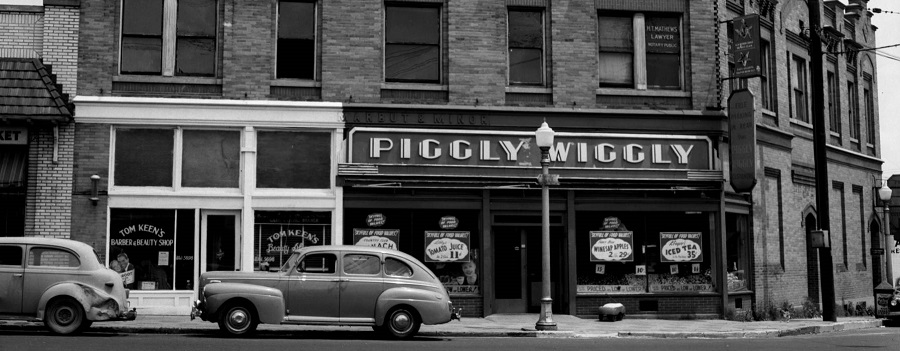
East Atlanta
Historic District Information Form authored and submitted by GSU Case Studies in Historic Preservation students, Spring 2017. Located partially in the City of Atlanta, DeKalb...
Read More
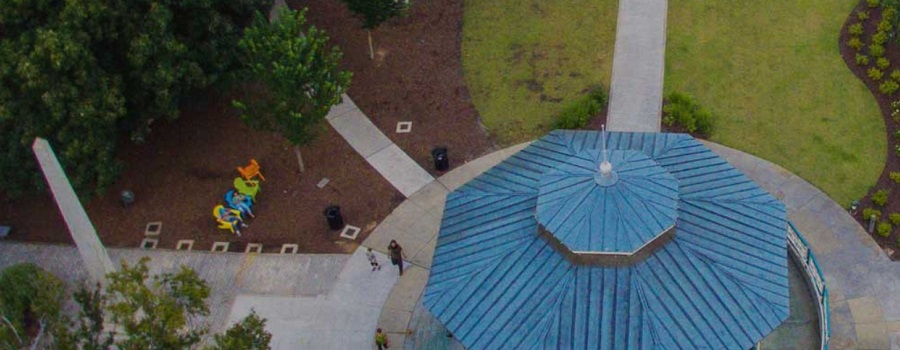
Decatur, GA
Design guidelines prepared by graduate students in the Preservation Planning Class of Georgia State University’s Heritage Preservation Program under the direction of Richard Laub and...
Read More
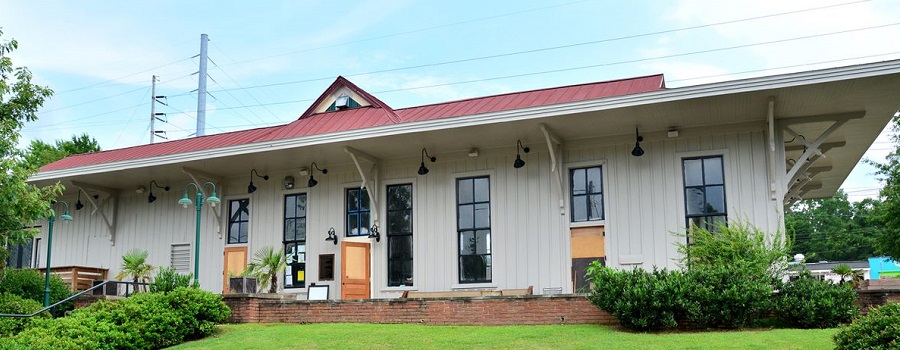
Old Decatur
Prepared by the Spring 2006 Preservation Planning Class. These Design Guidelines explain and interpret general design criteria in the local preservation ordinance in Old Decatur,...
Read More
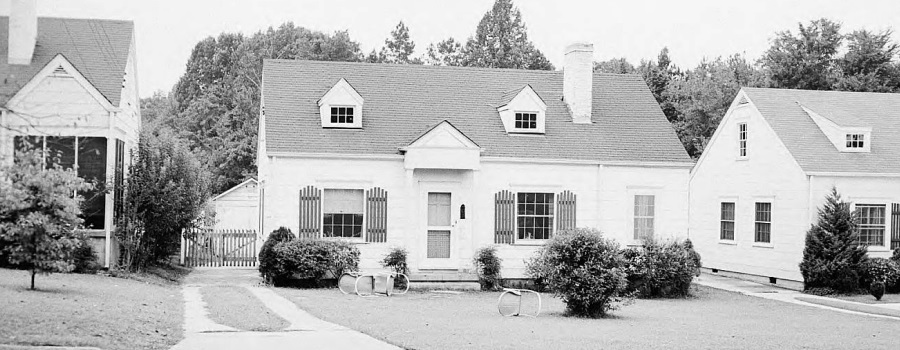
Decatur Northwest Residential Historic District
Prepared by the Spring of 2013 Case Studies in Historic Preservation class. The Decatur Northwest Residential area is an outstanding representation of early to mid-twentieth...
Read More
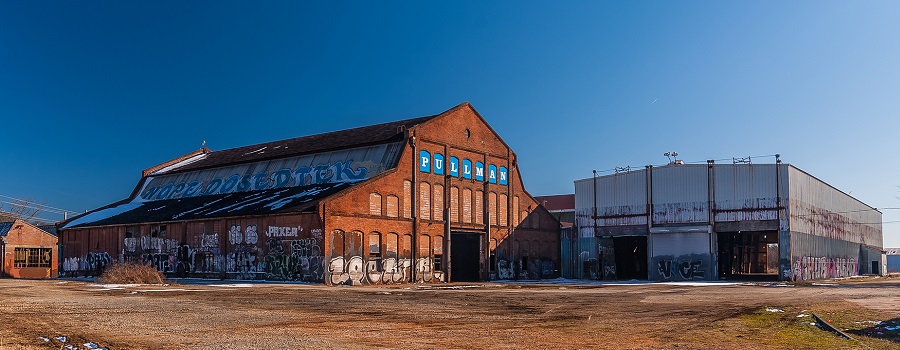
Kirkwood District
Information form for the historic district known as Kirkwood. Contains Sanborn maps, early plattings of the properties, interviews, as well as historic photographs and newspaper...
Read More
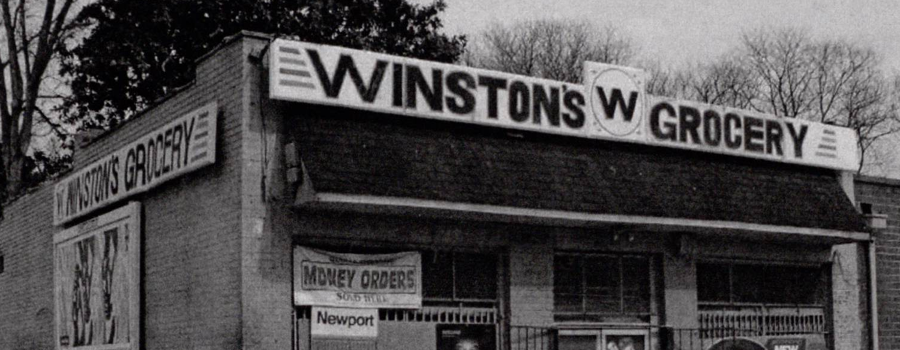
Pittsburgh Community
National Register Nomination Proposal to preserve the neighborhood known as Pittsburgh, located south of Mechanicsville. This traditionally African American neighborhood is bordered by railroad tracks....
Read More

Once Upon a Time in Atlanta
The purpose of this tour is to have students explore some of the locations on or near GSU’s campus in Raymond Andrews’ memoir Once Upon...
Read More
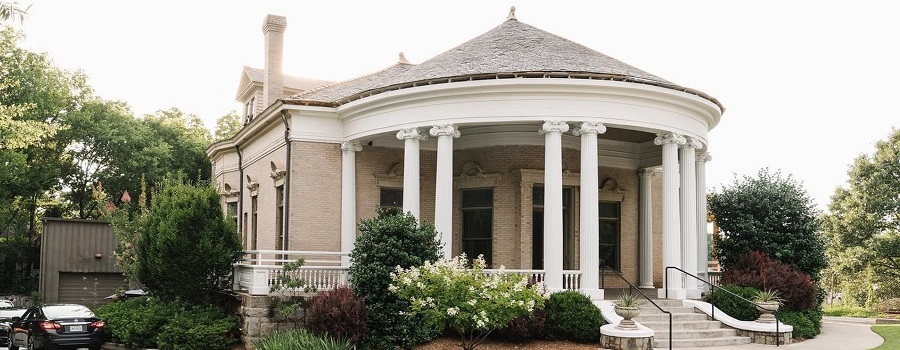
The Wrecking Bar: Volume I
Part one of a historic structure report on the Wrecking Bar, formerly the Kriegshaber House, built in 1900 and located at 292 Moreland Avenue, NE....
Read More

The Wrecking Bar: Volume 2
Part two of a historic structure report on the Wrecking Bar, formerly the Kriegshaber House, built in 1900 and located at 292 Moreland Avenue, NE....
Read More

Virginia-Highland Historic District
Proposed design guidelines for the Virginia-Highland Historic District were developed to promote preservation and rehabilitation of historic buildings and new construction. Presented within are recommendations...
Read More
 Georgia State University Library
Georgia State University Library